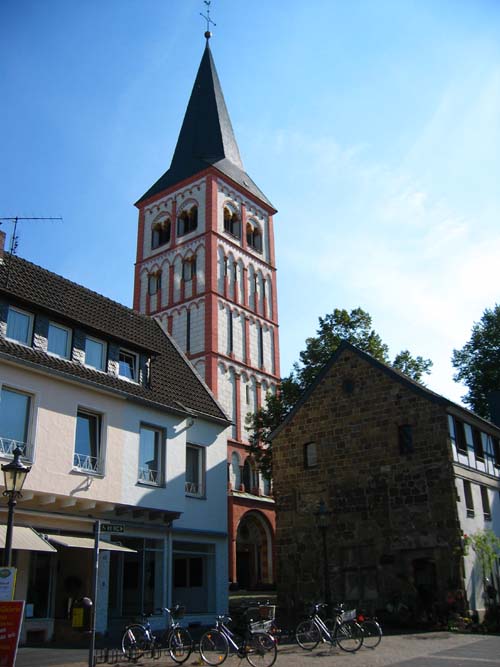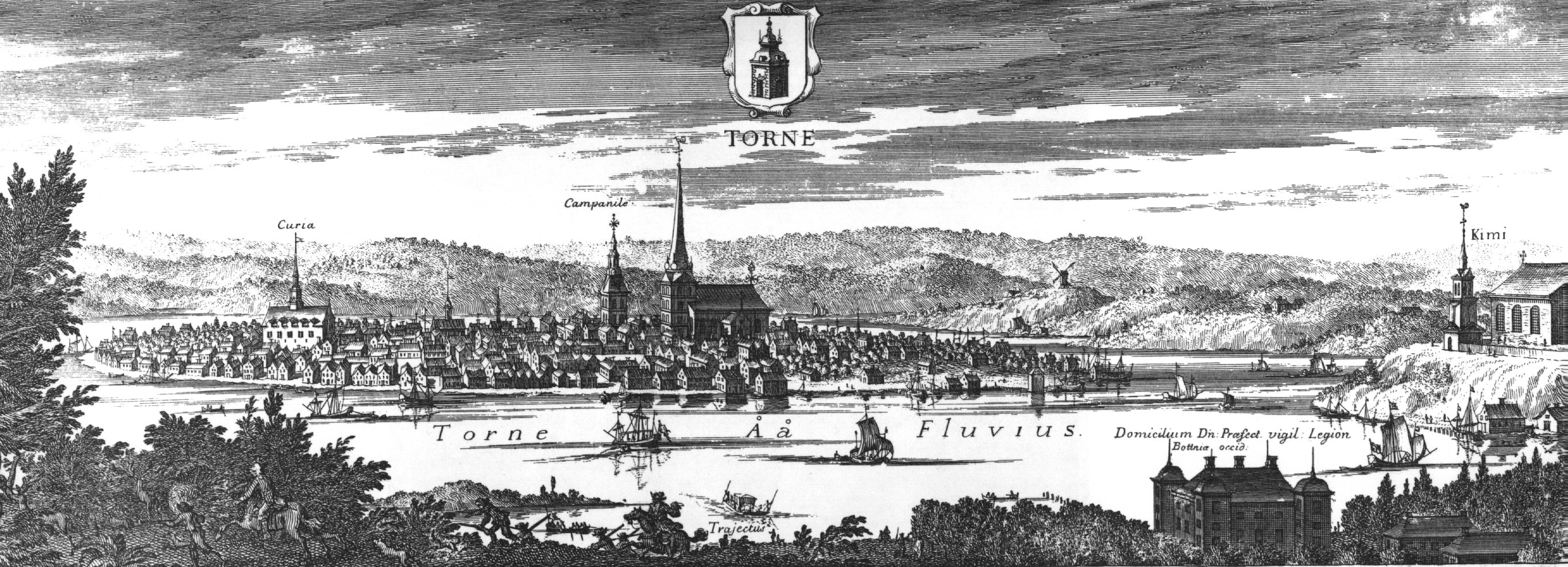|
Norbert Müller-Everling
Norbert Müller-Everling (born 27 March 1953) is a contemporary German artist working with concrete art. Time line Style Norbert Müller-Everling is an artist characterised by his unique philosophy and usage of colour in his work. 1973–79 he was studying at the Kunstakademie Düsseldorf as a student of Erwin Heerich, afterwards philosophy in Aachen. He began developing his own style in the early 1980s. His work of that time is characterised to create forms which follow the tradition of concrete art, as Max Bill and others founded it.Norbert Müller- Everling: Ausstellungskatalog, Galerie am Tiergarten, Hannover, 1993 He sought to create objects so that the new science of form could be experienced by the senses. A prime example of his sculptural work is his Percent for Art work for the Bundesverteidigungsministerium Bonn, (1997).Johannes Peter Hölzinger: “Synthese des Arts” – Die Verbindung von Kunst u. Architektur bei den Regierungsbauten auf der Hardthöhe ... [...More Info...] [...Related Items...] OR: [Wikipedia] [Google] [Baidu] |
Bensheim
Bensheim () is a town in the Bergstraße district in southern Hessen, Germany. Bensheim lies on the Bergstraße and at the edge of the Odenwald mountains while at the same time having an open view over the Rhine plain. With about 40,000 inhabitants (2016), it is the district's biggest town. Geography Location The town lies at the eastern edge of the Rhine rift on the slopes of the western Odenwald on the Bergstraße. The nearest major cities are Darmstadt (some to the north), Heidelberg (some to the south), Worms (some to the west) and Mannheim (some to the southwest). The district seat of Heppenheim lies roughly to the south. The Lauter flows through Bensheim, coming from the Lauter valley from the east, which after it passes through Bensheim is known as the Winkelbach. In the south of town runs the Meerbach, also coming from the Odenwald (but from the Zell valley). Mostly channelled underground and only coming above ground at the western edge of town is the ''Neuer ... [...More Info...] [...Related Items...] OR: [Wikipedia] [Google] [Baidu] |
Federal Ministry Of Defence (Germany)
The Federal Ministry of Defence (german: Bundesministerium der Verteidigung, ), abbreviated BMVg, is a top-level federal agency, headed by the Federal Minister of Defence as a member of the Cabinet of Germany. The ministry is headquartered at the Hardthöhe district in Bonn and has a second office in the ''Bendlerblock'' building in Berlin. According to Article 65a of the German Constitution (''Grundgesetz)'', the Federal Minister of Defence is Commander-in-chief of the ''Bundeswehr'', the German armed forces, with around 265,019 active soldiers and civilians. Article 115b decrees that in the state of defence, declared by the Bundestag with consent of the Bundesrat, the command in chief passes to the Chancellor. The ministry currently has approximately 3,730 employees. Of these, 3,230 work in Bonn while around 500 work in the ''Bendlerblock'' building in Berlin. Organization On April 1, 2012, the Federal Ministry of Defence (DEU MOD) changes its organization to the follow ... [...More Info...] [...Related Items...] OR: [Wikipedia] [Google] [Baidu] |
Gesellschaft Für Kunst Und Gestaltung
''Gemeinschaft'' () and ''Gesellschaft'' (), generally translated as "community and society", are categories which were used by the German sociologist Ferdinand Tönnies in order to categorize social relationships into two types. The Gesellschaft is associated with modern society and rational self-interest, which weakens the traditional bonds of family and local community that typify the Gemeinschaft. Max Weber, a founding figure in sociology, also wrote extensively about the relationship between ''Gemeinschaft'' and ''Gesellschaft''. Weber wrote in direct response to Tönnies. ''Gemeinschaft''–''Gesellschaft'' dichotomy According to the dichotomy, social ties can be categorized, on one hand, as belonging to personal social interactions, and the roles, values, and beliefs based on such interactions (''Gemeinschaft'', German, commonly translated as "community"), or on the other hand as belonging to indirect interactions, impersonal roles, formal values, and beliefs based on such ... [...More Info...] [...Related Items...] OR: [Wikipedia] [Google] [Baidu] |
Bochum
Bochum ( , also , ; wep, Baukem) is a city in North Rhine-Westphalia. With a population of 364,920 (2016), is the sixth largest city (after Cologne, Düsseldorf, Dortmund, Essen and Duisburg) of the most populous Germany, German federal state of North Rhine-Westphalia and the List of cities in Germany by population, 16th largest city of Germany. On the Ruhr Heights (''Ruhrhöhen'') hill chain, between the rivers Ruhr (river), Ruhr to the south and Emscher to the north (tributaries of the Rhine), it is the second largest city of Westphalia after Dortmund, and the fourth largest city of the Ruhr after Dortmund, Essen and Duisburg. It lies at the centre of the Ruhr, Germany's largest urban area, in the Rhine-Ruhr, Rhine-Ruhr Metropolitan Region, and belongs to the Arnsberg (region), region of Arnsberg. Bochum is the sixth largest and one of the southernmost cities in the Low German dialect area. There are nine institutions of higher education in the city, most notably the Ruhr Unive ... [...More Info...] [...Related Items...] OR: [Wikipedia] [Google] [Baidu] |
Heiner Thiel
Heiner Thiel (born January 14, 1957) is a German sculptor and curator. He is an exponent of concrete art. ''Untitled'', 2016 Life Thiel studied history of art from 1978 to 1982 at the Johannes Gutenberg University in Mainz, and then went to the Städelschule in Frankfurt from 1983 to 1985. There he studied sculpture under . In 1985 he received an award for most promising artist in visual arts of the town of Mainz. The following year he won the most promising award of the federal state of Rhineland-Palatinate. In 1998 Thiel was awarded a scholarship by the – . Thiel is a member of the Darmstädter Sezession and the ("association of visual artists in the Middle Rhine"). Work Heiner Thiel works with a variety of sculptural materials. In the 1970s he was fascinated by bronze casting, but in the 1980s he began to experiment with steel sheets, which he pretreated in a complex painting process. He then formed these steel sheets into abstract wall reliefs. Depending on t ... [...More Info...] [...Related Items...] OR: [Wikipedia] [Google] [Baidu] |
Siegburg
Siegburg (i.e. ''fort on the Sieg river''; Ripuarian: ''Sieburch'') is a city in the district of Rhein-Sieg-Kreis in North Rhine-Westphalia, Germany. It is located on the banks of the rivers Sieg and Agger, 10 kilometres from the former seat of West German government Bonn and 26 kilometres from Cologne. The population of the city was 39,192 in the 2013 census. Geography Siegburg is located approximately 8 kilometres east of the river Rhine, at the confluence where the Agger joins the Sieg, in the southeast corner of the Cologne Lowland. Neighbouring towns include Troisdorf, Lohmar, Sankt Augustin and Hennef. The nearby cities of Cologne and Bonn are easily accessible through good transport links. The highest point of the urban area is 220m above sea level ( NHN) in the Braschoß area and the lowest point is just under 54m above sea level at the mouth of the Agger. History Archbishop-Elector Anno II of Cologne founded a Benedictine monastery in 1064, known as Michaelsberg ... [...More Info...] [...Related Items...] OR: [Wikipedia] [Google] [Baidu] |
Düsseldorf
Düsseldorf ( , , ; often in English sources; Low Franconian and Ripuarian: ''Düsseldörp'' ; archaic nl, Dusseldorp ) is the capital city of North Rhine-Westphalia, the most populous state of Germany. It is the second-largest city in the state and the seventh-largest city in Germany, with a population of 617,280. Düsseldorf is located at the confluence of two rivers: the Rhine and the Düssel, a small tributary. The ''-dorf'' suffix means "village" in German (English cognate: ''thorp''); its use is unusual for a settlement as large as Düsseldorf. Most of the city lies on the right bank of the Rhine. Düsseldorf lies in the centre of both the Rhine-Ruhr and the Rhineland Metropolitan Region. It neighbours the Cologne Bonn Region to the south and the Ruhr to the north. It is the largest city in the German Low Franconian dialect area (closely related to Dutch). Mercer's 2012 Quality of Living survey ranked Düsseldorf the sixth most livable city in the world. Düsse ... [...More Info...] [...Related Items...] OR: [Wikipedia] [Google] [Baidu] |
Tornio
Tornio (; sv, Torneå; sme, Duortnus ; smn, Tuárnus) is a city and municipality in Lapland, Finland. The city forms a cross-border twin city together with Haparanda on the Swedish side. The municipality covers an area of , of which is water. The population density is , with a total population of (). Tornio is unilingually Finnish with a negligible number of native Swedish speakers, although this does not count vast numbers of bilinguals who speak Swedish as a second language, with an official target of universal working bilingualism for both border municipalities. History The delta of the Torne river has been inhabited since the end of the last ice age, and there are currently (1995) 16 settlement sites known in the area, similar to those found in Vuollerim (). The Swedish part of the region is not far from the oldest permanent settlement site found in Scandinavia. A former hypothesis that this region was uninhabited and colonised from the Viking Age onward ha ... [...More Info...] [...Related Items...] OR: [Wikipedia] [Google] [Baidu] |
Suermondt-Ludwig-Museum
The Suermondt-Ludwig-Museum is an art museum in Aachen, Germany. Founded in 1877, its collection includes works by Aelbrecht Bouts, Joos van Cleve, Anthony van Dyck, Otto Dix and Max Beckmann. History The ' (Aachen museum association) was created in 1877, and in 1883 a city museum was opened in the ' (Old Redoubt) building. It was named the Suermondt Museum, after the founder Barthold Suermondt, who gave 105 paintings from his collection to the city, as well as those from the collection of his sister-in-law Adèle Cockerill. This collection, together with many other works which were later sold to Berlin, had been on display in the Suermondt Gallery in Aachen already before the museum was established. In 1901, the museum moved to the , originally owned by the Cassalette family which had acquired fortune through the Aachener Kratzenfabrik Cassalette, which produced raising cards. Over the next decades, the building was slowly extended to house the ever growing museum collection, ... [...More Info...] [...Related Items...] OR: [Wikipedia] [Google] [Baidu] |
Lima
Lima ( ; ), originally founded as Ciudad de Los Reyes (City of The Kings) is the capital and the largest city of Peru. It is located in the valleys of the Chillón River, Chillón, Rímac River, Rímac and Lurín Rivers, in the desert zone of the central coastal part of the country, overlooking the Pacific Ocean. Together with the seaside city of Callao, it forms a contiguous urban area known as the Lima Metropolitan Area. With a population of more than 9.7 million in its urban area and more than 10.7 million in its metropolitan area, Lima is one of the largest cities in the Americas. Lima was named by natives in the agricultural region known by native Peruvians as ''Limaq''. It became the capital and most important city in the Viceroyalty of Peru. Following the Peruvian War of Independence, it became the capital of the Republic of Peru (República del Perú). Around one-third of the national population now lives in its Lima Metropolitan Area, metropolitan area. The city of Li ... [...More Info...] [...Related Items...] OR: [Wikipedia] [Google] [Baidu] |



.jpg)




%2C_Guamán_Poma%2C_1616.jpg)